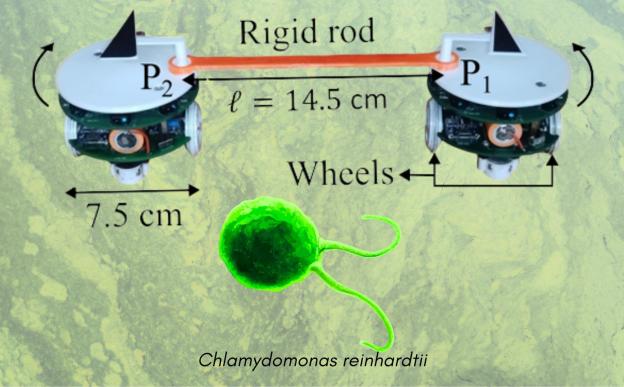
Pune researchers take a molecular modelling approach to identify drug targets for the virus.
In 1998 in Malaysia, nearly 300 people were diagnosed with acute encephalitis, or inflammation of the brain, in what was the first known outbreak of the deadly Nipah virus, and 109 deaths occurred. A couple of years later, the virus had made its way to the Indian subcontinent with outbreaks in both Bangladesh and India. Those afflicted experienced fever, headaches, vomiting, and the potentially fatal complication of encephalitis. In 2018, 21 out of the 23 people, it infected in Kerala, died. The Nipah virus is not only transmitted between humans but also from animals to humans—fruit bats and pigs, in particular, are known reservoirs of the virus.
Despite the threat of an epidemic, there is as yet no effective cure for the Nipah virus, and drug development is a desperately long and complicated process. A sound understanding of the biochemistry of the virus and how drug molecules interact with and inhibit its proliferation is necessary as a first step. In a recent study, researchers at the Indian Institute of Science Education and Research Pune (IISER Pune) have used a computational approach to solve this problem. Their findings have been published in the journal PLoS Neglected Tropical Diseases, funded by the Wellcome Trust-DBT India Alliance, Department of Science and Technology (DST) and Council of Scientific and Industrial Research (CSIR).
The Nipah virus is an RNA virus, meaning its genetic material is RNA, surrounded by a protein envelope. Like all viruses, it can only make copies of itself by invading and hijacking the machinery of a host cell, destroying the latter in the process. The virus' protein envelope is made of six structural proteins, and its RNA produces three more proteins to defend itself from the responses of the host cells. Any of these proteins could be targeted by a drug to stop the virus in its tracks.
The researchers of the current study used the genetic sequence of the Malaysian strain of the Nipah virus, and the structure of proteins from a related virus to construct computer models of the protein structures. These models were then used to design 'peptide inhibitors'—short chains of amino acids that could directly interfere with the molecular mechanisms of the viral proteins. For example, one of the virus's structural proteins - the G protein - binds to receptors on the host cell, essential to gain entry into the cell. The two inhibitors the researchers designed for the G protein were intended to disrupt this binding process.
The researchers screened thousands of drug-like molecules for their ability to bind to and inhibit the virus as a whole. The drug-likeness of a molecule is a qualitative estimate of how biologically effective it is, based on criteria like its size and specific chemical properties. The researchers first identified plausible points for the molecules to attach to the virus: drug targets, in other words. They then used two different programs to virtually fix the molecules to the virus. A selection of those molecules that had the best fit yielded ten compounds that could inhibit three of the six structural proteins.
Furthermore, a comparison of the genetic sequences of 15 strains of viruses from across Bangladesh, Malaysia and India revealed that those parts of the proteins that would directly interact with the drug molecule were not effectively different across these strains. This is good news: if only some of the strains were susceptible to the potential drug molecules, drug resistance might more easily spread from those that are immune to the susceptible strains.
The structures of the molecules modelled in this paper and various details of the modelling procedures are archived and freely available here, with cartoon models of the molecules that even a non-specialist might view and appreciate.
"We conclude that it is highly likely that the proposed inhibitors would be potent against all strains of the virus Nipah and other related zoonotic viruses that pose a serious epidemic threat," the researchers say.
A computational approach to drug development can save a great deal of time and financial resources in the early stages of the process by narrowing down targets for further investigation. The experimental validation of these promising theoretical results would be the next step.

























